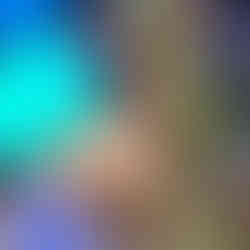Bug Explorers in the Forest
- Kara Rafuse

- May 16
- 2 min read
Updated: Jun 23
Learning Stories. Spring Session.
Date: May 13th
Location: Colliery Dam

During our forest visit, the children’s conversations were filled with excitement about slugs, rolly pollies, spiders, and ants. Today, we extended this curiosity by setting out to discover what other insects we could find and explore where they might choose to live.
As we ventured into the forest, the children lifted rocks, gently uncovering pill bugs nestled in the soil beneath the logs and rocks, or noticing the spider webs hidden in the trees. The tiny pill bugs are the focal point, pulling in the children. “He tickles!” explained a child with delight as the small creature crawled along his hand. His face twisted with a playful disgusted look as he spots a beetle and announced, “Phew, he eats poop!” A moment later, that sparks a conversation on what types of beetles we have and what beetles in different places do.

Nearby, another child watched intently. He expresses his desire to hold a pill bug, too. We worked together to gently scoop one up, placing it softly on his palm. “Whoa! He scared me with all his feet up in the air!” he gasped, taking a step back and dropping the bug as it crawled away. This small moment of bravery and surprise offered a window into his developing relationship with these small creatures, both curiosity and caution coexisting.
Later in the day, the initiative to construct a “Bug hotel” was presented for a caterpillar. We had found it inching its way along teacher Kara’s pant leg. “I think he likes pinecones to live on”. The child decided as he carefully arranged the sticks, moss, and pinecones into a cozy shelter. His attention to detail and care for the caterpillar reflected a growing sense of connection to the caterpillars and what things the caterpillar might like.
To further our exploration, we brought out a collection of bug books. The children flipping through the pages, pointing out familiar insects and matching them to those we have seen. These moments of connection between real-world discoveries and book illustrations supported early scientific thinking and classification.









Comments